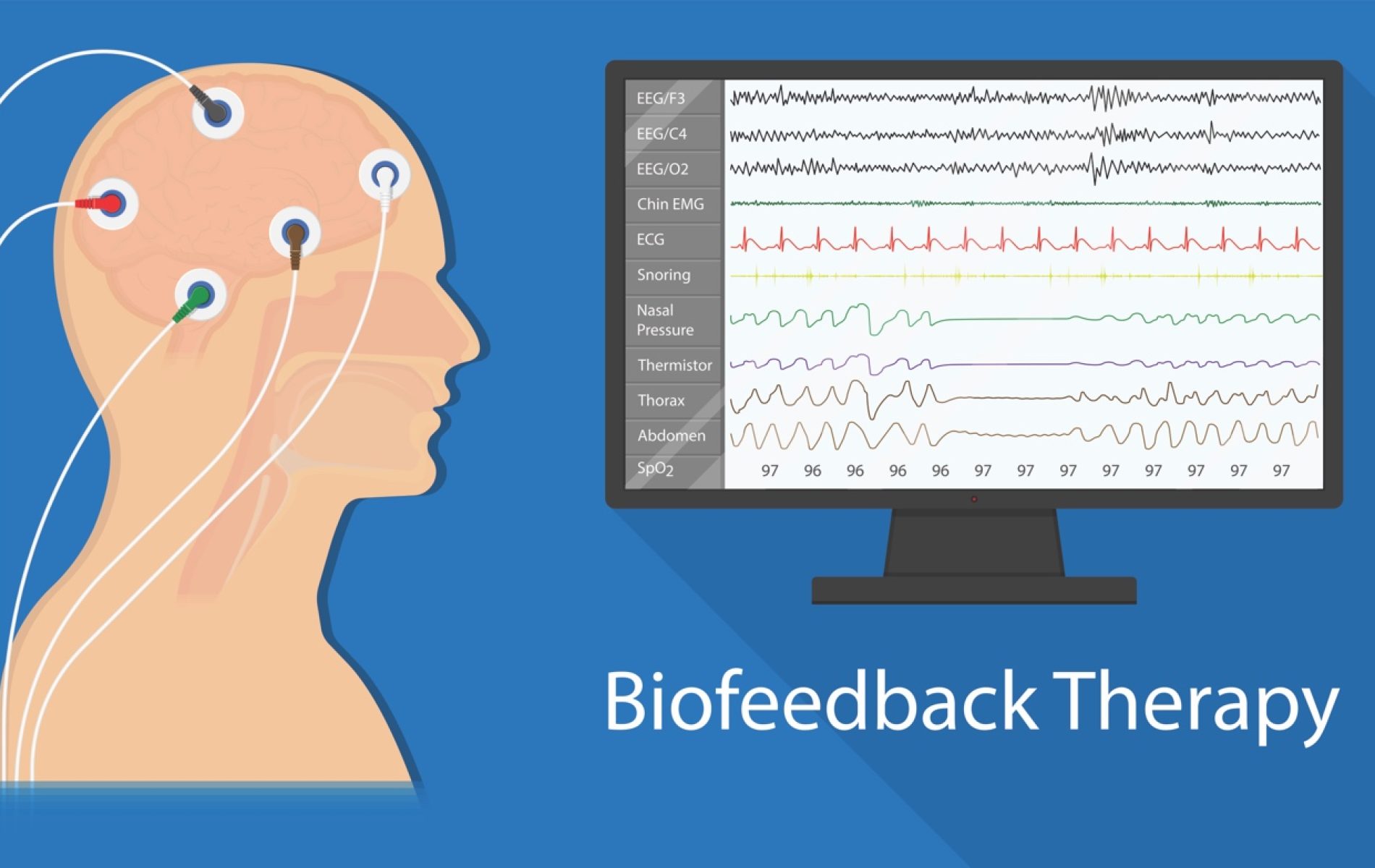Neurofeedback is an interactive, non-invasive, fun and medication-free form of treatment that helps patients to strengthen and retrain their brains to be healthier and more focused. It is ideal for people who struggle with symptoms of ADHD, insomnia, anxiety or memory loss.
The brain needs to be in balance in order to function properly. When a person experiences symptoms such as difficulty paying attention, insomnia or anxiety, it has to do with oscillations within the brain, which may move faster or slower than usual, depending on activity and experience.
There are five types of brain wave patterns. They include:
- Delta brain waves, which are very slow and occur mostly during sleep.
- Theta brain waves, which are slow and occur during relaxation, daydreaming and twilight states.
- Alpha brain waves, which occur during relaxed states.
- SMR or sensorimotor rhythm brain waves, which occur during periods of focused relaxation.
- Beta brain waves, which are fast and are associated with concentration and mental work.

These brain pathways can be altered with neurofeedback, helping patients to not only experience positive change in mood, sleep and memory but also to maintain those changes.
How does Neurofeedback Work?

Step 1: The first step involves learning about the brain while seeing what a person’s brain activity looks like. This is determined by placing a series of sensors that are imbedded in a cap on top of a patient’s head in order to measure brain activity. This gives us an overview of how the brain works, telling us if a person has too much fast or slow activity or if their brain is not harmonized enough. This information is captured by a quantitative EEG (electroencephalogram or qEEG), or what is known as brain mapping.

A qEEG helps doctors to see how brain cells communicate with each other. It can also help by enabling doctors to:
- Show how brain wave patterns can be improved.
- Identifying psychiatric and cognitive problems.
- Tracking progress with various treatments and therapies.
- Predicting medication response, such as how a patient is likely to respond to a specific type of treatment, such as antidepressant medications.
- Providing objective information to create a personalized neurofeedback therapy program to strengthen the brain.
Step 2: The second step is where the fun begins and a patient’s brainwaves can be upgraded. If part of the brain is determined to be too fast, one may be anxious, unable to focus or unable to sleep at night. If it is too slow, a person might feel sluggish. EEG-based neurofeedback enables doctors, like us, to help the brain to learn to optimize itself or its activity – much like a person’s brain is optimized when he or she learns to play the piano or ride a bike.

We use a method called operant conditioning to help patients’ brains improve activity. During this process, sensors are placed on a patient’s head while connecting them to a TV screen. A movie is turned on that the patient enjoys and the brain is recorded by the sensors as they watch. The sensors then control the screen.
If the brain activity is where it needs to be, the movie continues to play without interruption; however, if the brain activity reaches a point where it should not be, the movie then fades. When the movie fades, the brain eventually figures out which part of the brain needs to go up or down in order to achieve a positive result, thus responding appropriately. Once the brain waves are adjusted to where they need to be, the movie resumes. The cycle continues.

How Long does a Neurofeedback Session Last?
Five minutes of this is not long enough, just as a person who is learning to play piano or ride a bicycle does not master it after just five minutes of practice. Our patients do this for 45 minutes at a time to reach an optimized level of brain activity. Neurofeedback sessions are recommended to take place anywhere from 20 to 60 times, depending on each individual’s needs. Each time the brain gets a little better, and over time the changes last a little longer. Once the course of activity is completed, patients are able to be calmer, more focused and to sleep better.
Studies have proven that neurofeedback improves attention, mood and sleep. Brain MRIs before feedback and after 3 months of feedback have also evidenced brain growth, which is positive. This is one reason the benefits of neurofeedback last for months to years.
Many things can grow the brain, such as exercising or learning new things. Neurofeedback is one tool for growing the brain effectively, including parts of the brain responsible for attention, focus and sleep.
To learn more about how neurofeedback can help you or a loved one who suffers from symptoms of ADHD, insomnia, anxiety or memory loss, contact us at NeuroGrow.com.




